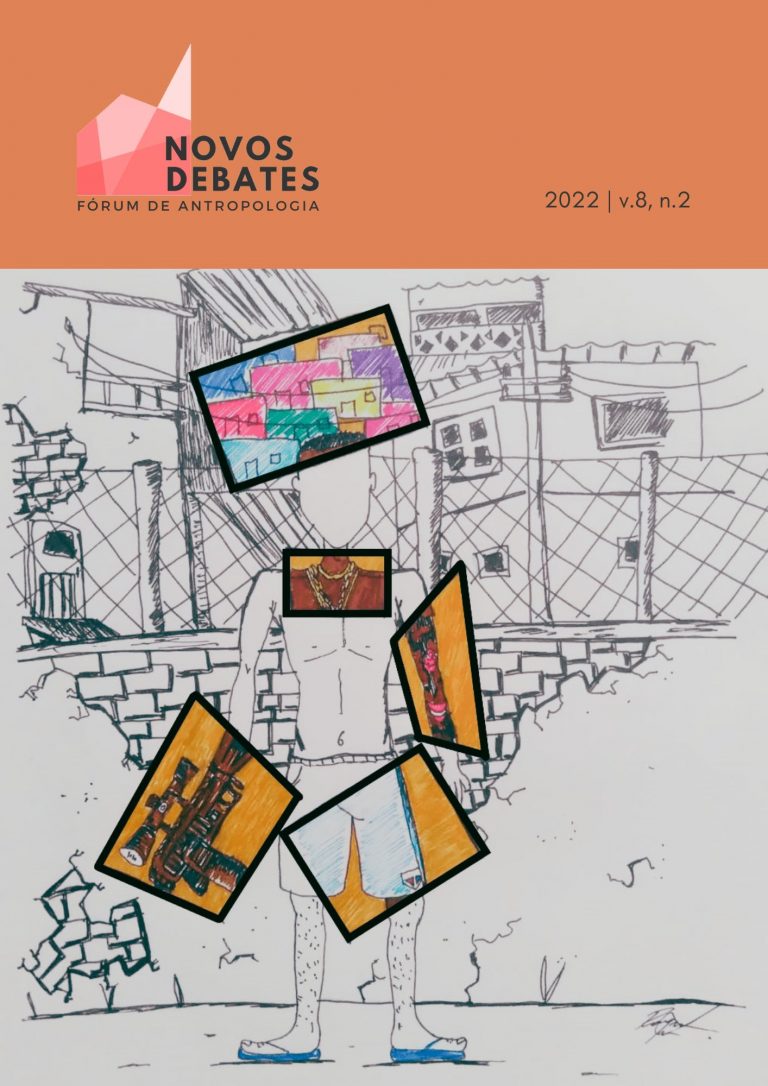Bunker
The optimism of the pessimistic
DOI:
https://doi.org/10.48006/2358-0097/V8N2.E8204Keywords:
bunker, abrigo, proteção, fortificação, esconderijoAbstract
This paper reflects on the different forms and uses of bunkers historically, and how each iteration of this type of space portrays values and social disputes of their time. Responding to the exercise proposedby sociologist Raymond Williams (1976) in his seminal book Keywords, this research revisits the word “bunker” and its various meanings. Originally, bunkers were built as shelter and protection. Bunker-types were widely spread during WWI as a military strategy, and these kinds of spaces continued to serve different uses over the years. Although traditionally known as insalubrious underground spaces, this article shows how bunkers evolved. Today these spaces are no longer necessarily buried or hidden, and serve a variety of functions, depending on context and historical moment.
References
AUGÉ, Marc.1995 [1992]. Non-Places: Introduction to an Anthropology of Supermodernity. London: Verso.
BILLÉ, Franck. 2022. “Subterranea: Notes on the notion of a geopolitical unconscious, ” Geoforum, Volume 132, 2022: 145-153 DOI: https://doi.org/10.1016/j.geoforum.2020.03.016
GARRETT, Bradley. 2020. Bunker: Building for the end times. New York: Scribner Book Company.
KAUFMANN, Joseph et al. 2012. The Atlantic Wall: History and Guide. Havertown: Pen & Sword Books Limited.
KLINKE, Ian. 2018. “The Bunker and The Camp”. In: Irit Katz, Diana Martin and Claudio Minca. Camps Revisited. London/New York: Rowman & Littlefield International, 2018: 281-294.
LIFE MAGAZINE. 1945. “Mystery Town Cradled Bomb”. Life Magazine,20 de Agosto: 94-95. Disponível em: https: //books. google. com. br/books? id=hkgEAAAAMBAJ&18printsec=frontcover&hl=pt-BR#v=onepage&q&f=false. Acesso em 11 jan 2023.
MASCO, Joseph. 2006. The Nuclear Borderlands: The Manhattan Project in Post-Cold War New Mexico. Princeton, NJ: Princeton University Press. DOI: https://doi.org/10.1515/9781400849680
MATTERN, Shannon. 2013. “Infrastructural Tourism”. Places Journal, July. Disponível em: https: //placesjournal. org/article/infrastructural-tourism/. Acesso 11 jan 23. DOI: https://doi.org/10.22269/130701
MBEMBE, Achille. 2002. “The Power of the Archive and its Limits. ” In: Carolyn Hamilton, Verne Harris, Jane Taylor Jane Taylor, Michele Pickover, Graeme Reid, Razia Saleh. Refiguring the Archive. Springer: Dordrecht.
PAGLEN, Trevor, et al. Trevor Paglen. Interview by Lauren Cornell, Phaidon Press, 2018. STAMP, Elizabeth. 2019. “Billionaire bunkers: How the 1% are preparing for the apocalypse”. Cnn Style, 7 de agosto. Disponível em: https: //edition. cnn. com/style/article/doomsday-luxury-bunkers/index. html. Acesso 11 jan 23.
REYNOLDS, Adam e SPERA, Danielle. 2017. Architecture of An Existential Threat. Österreich: Edition Lammerhuber.
ROSS, Richard. 2004. Waiting for the End of the World. Princeton, NJ: Princeton Architectural Press.
VIRILIO, Paul. 2009 [1975]. Bunker Archeology. Princeton, NJ: Princeton University Press.
WILLIAMS, Raymond. 1966. Culture and society, 1780-1950. ‘First paperback edition: 1966’. New York: Harper & Row.
WILLIAMS, Raymond. 1976. Keywords: A vocabulary of Culture and Society. New York: Oxford University Press.
Downloads
Published
How to Cite
Issue
Section
License
Copyright (c) 2024 Novos Debates

This work is licensed under a Creative Commons Attribution 3.0 Unported License.
Open Access Statement
Novos Debates is an open access journal. We do not charge any fee for the publication of articles or for access to our issues. All our content, unless otherwise indicated, is licensed under Creative Commons Brazil Attribution 3.0 (CC BY 3.0 BR).
You are free to:
– Share — copy and redistribute the material in any medium or format
– Adapt — remix, transform, and build upon the material for any purpose, even commercially
– The licensor cannot revoke these freedoms as long as you follow the license terms.
Under the following terms:
– Attribution — You must give appropriate credit, provide a link to the license, and indicate if changes were made. You may do so in any reasonable manner, but not in any way that suggests the licensor endorses you or your use.
– No additional restrictions — You may not apply legal terms or technological measures that legally restrict others from doing anything the license permits.


